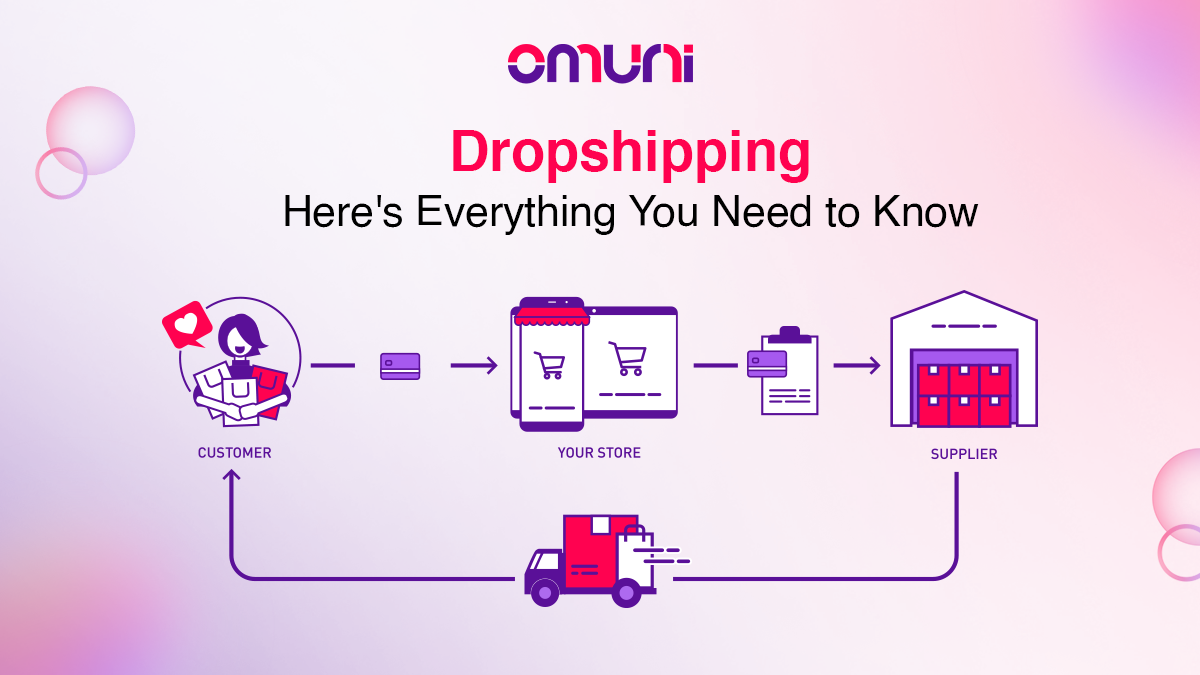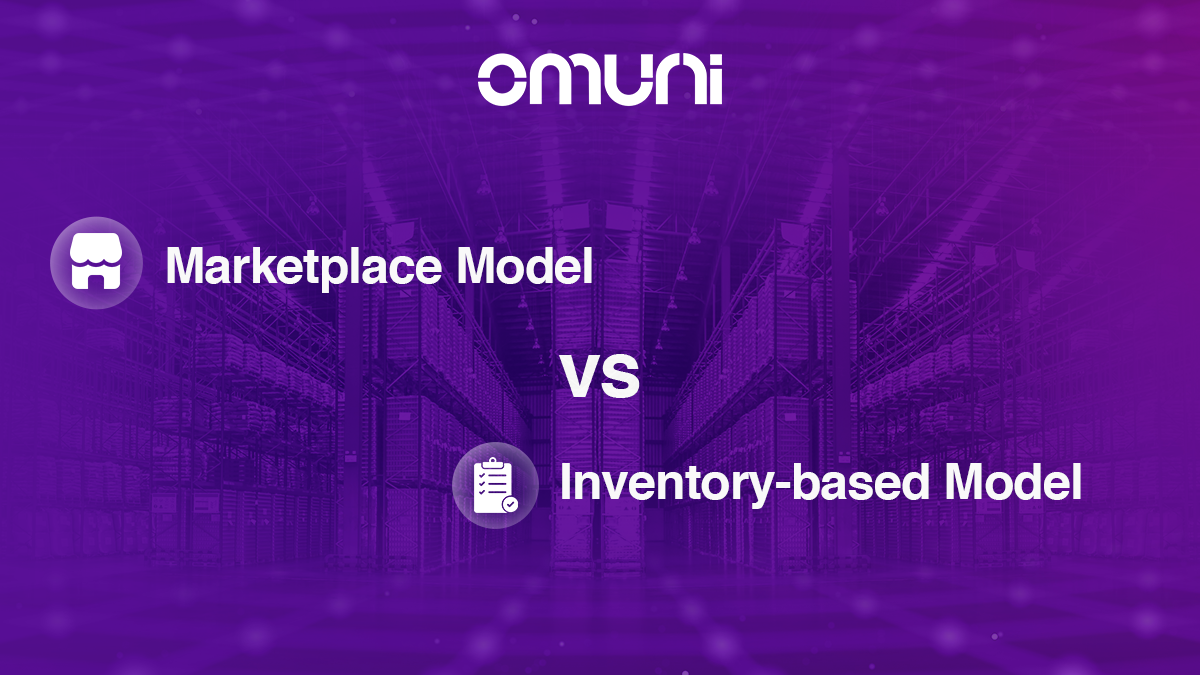Self-checkout: Why Retailers Are Embracing It
One thing that is certain in today’s fast-paced world is that technology continues to reshape various aspects of our lives around the globe, including how we shop. Whether in Japan, the United States or any other established market, self-checkout is part of the retail landscape.
India is also ready to embrace the self-checkout system. Indians are not shying away from keeping up with the technology trends, which is visible in a Statista report. The report says that 52% of respondents want to try in-store self-checkout.
One significant transformation in the retail industry is the rise of self-checkout systems. Automated checkout machines (ACMs) allow customers to independently scan and pay for their items. The system eliminates the requirement for traditional cashier-assisted transactions.
Self-checkout empowers users to take control of their shopping experience. They can independently complete simple steps like bagging, scanning, and paying for purchases.
As a result, self-checkout has gained tremendous popularity among consumers and retailers. A Raydiant report shows around 60% of users prefer self-checkouts over store associates if given an option.
What is Self-checkout
Self-checkout refers to a technology-enabled process in retail stores that allows customers to scan and pay for their purchases. In a self-service checkout system, customers select, sort and even pay for their purchases without assistance from any person at the checkout terminal.
Generally, self-checkout systems consist of computerised terminals equipped with barcode scanners, weighing scales and payment interfaces. Self-checkout has gained acceptance in various retail settings, such as supermarkets, convenience stores and even libraries. It offers an alternative to traditional cashier lanes, offering customers a quicker and more convenient way to complete their transactions.
A Bit of History of Self-checkout
It is not a recent phenomenon. Its introduction dates back to 1986 when ACMs were installed for the first time in a Kroger store near Atlanta. CheckRobot Inc., a Florida-based company, patented these machines.
Interestingly, the system is part of an approach that eliminates paid employees from retail, which started way back. The practice was started in the early 1900s by Piggly Wiggly — the first self-service supermarket.
Piggly Wiggly introduced a different shopping model where customers picked items from the shelves and paid at the register. In exchange for doing more work, they were promised lower prices.
The modern and existing form of self-checkout (based on barcodes) came into existence towards the second half of the 20th century.
As per the University of California, Berkeley report, barcodes were first commercially used in 1974 at a store in Ohio. Barcodes and now QR codes have contributed towards self-checkout adoption.
How the Self-checkout System Works
It generally allows customers to scan, bag and pay for their items. Here is how the system typically works:
Item Scanning
Users start by choosing the self-checkout option at the store. Then they scan their items’ barcodes using a barcode scanner or manually enter the codes into the system that reads them. The system identifies the purchases and adds them to the virtual shopping cart.
Bagging
After completing the first step, customers place items in their shopping bags or the designated bagging area. Interestingly, many systems have built-in scales to verify that the scanned item matches the weight of the bagged item.
Quantity Selection
Now, customers can mark the quantity on the self-checkout screen to purchase desired weight or units of a particular item.
Payment
One of the most crucial steps to complete the purchase is to make the payment. Once all items have been scanned and bagged, users proceed to the payment stage.
The system calculates the total cost of the items and displays it on the screen. Now, customers can pay with credit/debit cards, UPI or other accepted payment methods. Please note that some self-checkout setups also accept cash payments.
Receipt Generation
After the payment, the system generates a receipt. Customers can view, print or send the receipt to their email or mobile device.
Advantages of Self-checkout

It offers a win-win situation for both customers and retailers. Here are some key benefits:
Convenience
Shopping is all about convenience. Self-checkout delivers a convenient and efficient shopping experience to customers. Users can scan and pay for their items at their own pace without waiting in line for a cashier to attend to them.
Speedy Checkout
Who does not want a faster checkout? All of us look to finish our purchases as quickly as possible. The technology can expedite the process, especially for customers with only a few items to purchase. It eliminates the need to wait for a cashier and reduces overall waiting time.
Privacy
Privacy is paramount for a majority of users. They prefer the privacy of self-checkout. This system lets them handle their purchases without interacting with a cashier. This way, users can stay anonymous to a considerable extent.
Control and Empowerment
Generally, customers want to control their purchase journey and feel happy when they are empowered to experience this. These systems empower customers by giving them control over their shopping experience.
Reduced Staffing Needs
This is essential for retailers. Self-checkout can reduce the number of cashiers needed at traditional checkout counters. Opting for self-checkout allows the reallocation of staff to other areas of the store, improving overall operational efficiency.
Upselling and Promotions
One of the crucial aspects of a self-checkout system is that it can be customised. Retailers can display targeted promotions or offers during checkout. This provides an opportunity for retailers to encourage additional purchases and boost sales.
Conclusion
Self-checkout has helped the retail industry by offering multiple benefits to retailers and customers. With this, users can leverage control and enjoy the convenience of faster transactions and increased privacy.
For retailers, self-checkout reduces staffing requirements, lowers operational costs and enhances efficiency. The flexibility of payment options, queue management improvements and potential for upselling further contribute to its appeal.
As self-checkout adoption grows and technology advances, we can expect even more seamless and efficient experiences. Embracing this futuristic system has become an essential strategy for retailers, enabling them to unlock the benefits and stay ahead in an ever-evolving industry.
Frequently Asked Questions
Cost savings, reduced staffing needs, improved operational efficiency, and enhanced customer service.
People prefer self-checkout for convenience, speed, privacy, control, and empowerment.
The objectives of self-checkout include:
1. Improving customer convenience
2. Reducing waiting times
3. Increasing operational efficiency
4. Optimising staffing resources
5. Providing a seamless and efficient checkout experience



